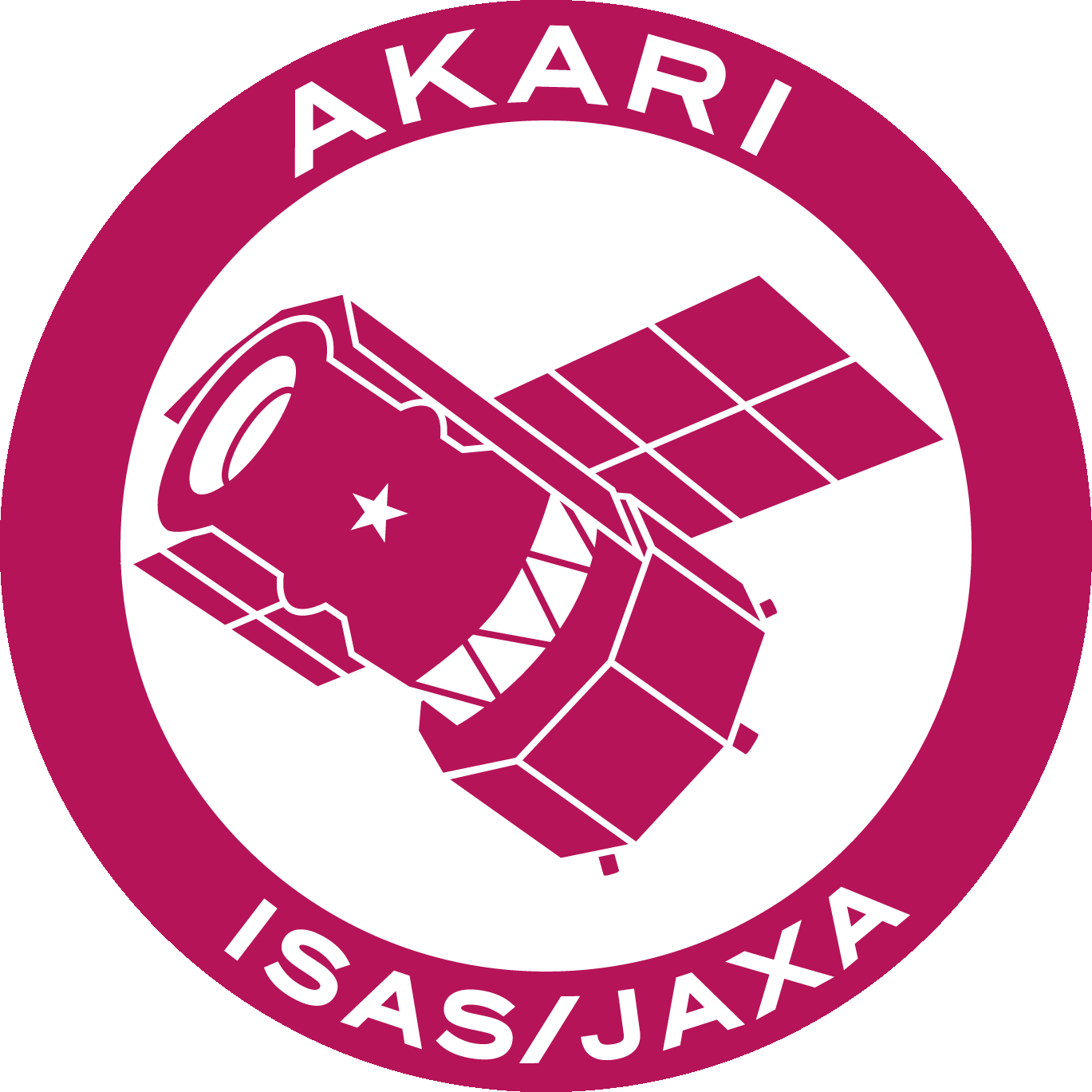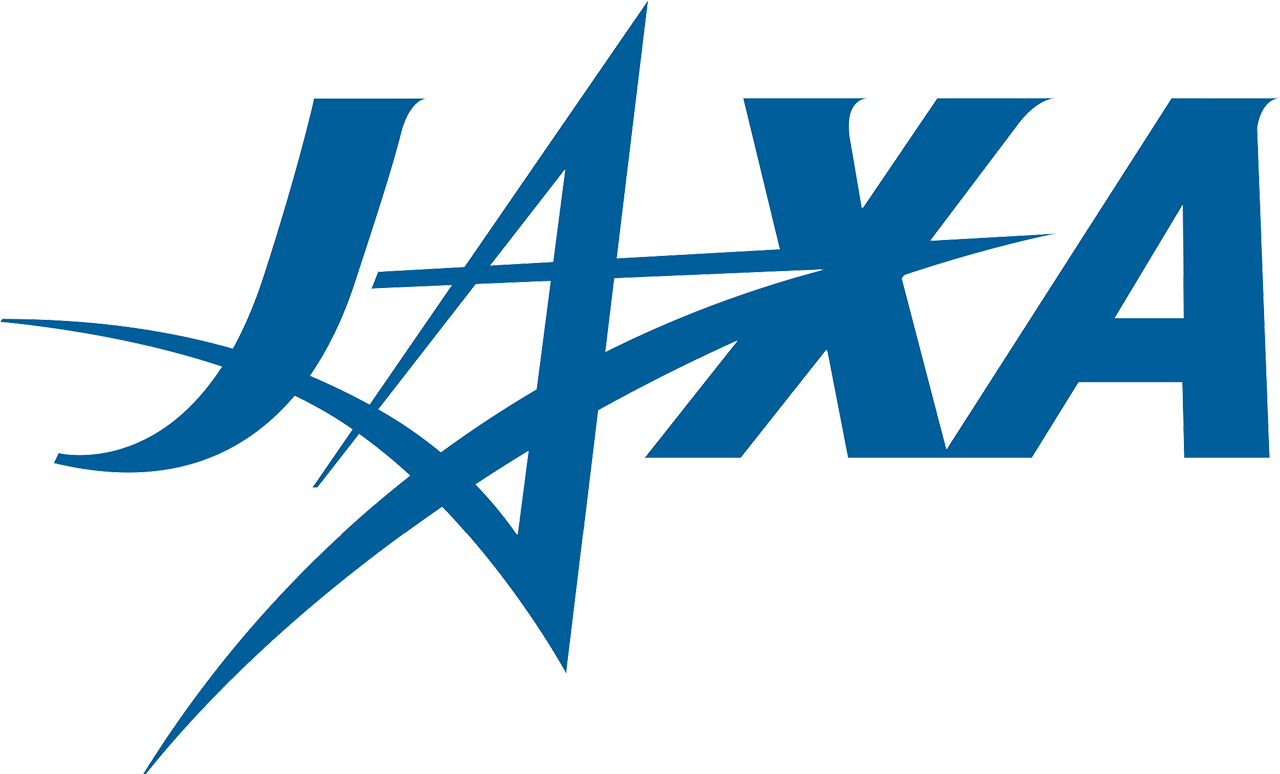Proposal Preparation
Preparing proposals for ASTRO-F Open Time requires some extra work compared to those for ordinary ground base telescopes. This text describes the step by step instructions about how to make an observing proposal.
Outline of the Proposal Preparation
- Read the documents (especially the Call for Proposals and Observer's Manual) carefully and make an observation plan.
Observations with ASTRO-F instruments are carried out with preset Astronomical Observation Templates (AOTs). Moreover there are additional constraints for the observations. The observers have to understand these conditions and adapt their observation plans to the most effective strategies.
- Editing a Target list
A Target List is a file in CSV (Comma Separated Value) format, giving the target position and selected AOT for the observation. A tool called iris_sky is available to support to create / edit the target list. A Format checking tool is also available.
- Check the Target list with the tools.
Three tools are prepared for Open Time users to check the feasibility of the observations. Users should run these tools iteratively to optimize the observation plan. The final results of the tools have to be saved as ASCII files by the user and attached to the proposal at the submission.
- Visibility Tool
- Duplication Check Tool
- Instrument Performance Tool
- Writing the Scientific Justification and Technical Feasibility.
The main part of the proposal has to be submitted as a PDF file. There is no template file for the Japanese and Korean Open Time proposals. Please refer to the detailed guidelines about the documents.
- Proposals are submitted using the Web submission tool
The following information is required for the submission of the proposal.
- Abbreviation of proposal title (Proposal ID)
- Information about Proposers
- Proposal title, Abstract, and Other information
- Saved result of Visibility Tool
- Saved result of Duplication Check Tool
- Saved result of Instrument Performance Tool
- A PDF file of the Scientific Justification and Technical Feasibility
Information required for proposal submission
- Abbreviation of proposal title (Proposal ID)
A five character abbreviation of the proposal title is used to identify the proposal throughout the selection process, scheduling, and data distribution.
Duplication is not allowed. Proposers should avoid Proposal IDs already used for LS and MP observations. In the case of duplication with other Open Time proposals, the Helpdesk may ask the proposers to change the conflicting ID after submission.
- Information about Proposers
The following information will be asked for input at the submission.
- Name of Principal Investigator (PI)
- PI Affiliation
- PI Postal address
- PI Telephone and Fax number
- PI E-mail address
- List of the Co-Investigators (Name and affiliation)
- Proposal title, Abstract, and Other information
- Proposal Title
- Scientific Category: One of the following
- Cosmology / High-Z / Large-scale structure
- AGN / ULIRG / QSO
- Normal galaxies
- Other extragalactic
- Star-formation / YSO
- Interstellar matter
- Evolved stars / PN / SNR
- Brown dwarfs / low-mass stars
- Massive stars / HII regions
- Galactic structure
- Debris disk / circumstellar disk
- Other Galactic
- Solar system objects
- Zodiacal light
- Other solar system
- Abstract (up to 400 words)
Abstract is directly written into this section.
How to save the results of the Tools
The output of the tools have to be saved as a plain text file.
In most web browsers you can do this by;
"File" -> "Save Page as"
from the menu and select plain text mode.
Caution:
- Safari on Mac OSX (before 10.4) does not have a function to save in a plain text.
- Other browsers (Internet Explorer, FireFox, and Netscape) on Unix (Linux), MacOS X, and Windows work properly.
- There is a problem on the Duplication check Tool. It may complain that "The link could not be saved. The web page might have been removed or had its name changed." and refuse to save the results. This problem is being investigated and will be fixed soon.
Notes on Scientific Justification and Technical Feasibility document
- Language
The text must be written in English. Japanese observers are encouraged to attach a direct translation of the (only) text part into Japanese. For more information about the Japanese document, see Notification for preparing Japanese document.
- File format
PDF (Portable Document Format) only. Use A4 (297mm x 210mm) portrait paper with at least 15mm margin (blank space) on the all sides. Colour documents are accepted. The file has to be properly printable with Adobe Acrobat Reader ver. 4.0 (or later) (and/or Adobe Reader ver. 6 or later).
- File size
PDF files larger than 3 MB will not be accepted for submission.
- Page limit
- Scientific Justification: up to 3 pages
- Technical Feasibility: up to 1 page
- Figures and tables: up to 2 pages
The same page limits are applied for the Japanese translation. See Notification for preparing Japanese document.
- Font type and font size
Please use any of the following standard fonts. Font size have to be 12pt (except for the characters in figures and tables).
Courier, Courier-Bold, Courier-BoldOblique, Courier-Oblique, Helvetica, Helvetica-Bold, Helvetica-BoldOblique, Helvetica-Oblique, Symbol, Times-Roman, Times-Bold, Times-BoldItalic, Times-Italic, ZapfDingbats
See Notification for preparing Japanese document for Japanese document.
- Resolution of Images
We recommend 300dpi resolution for bit-map images. Colour figures are accepted.
- Figures and Tables
You are kindly requested to put figures and tables in the separate pages as is described above.




